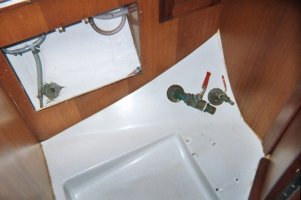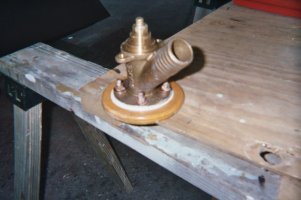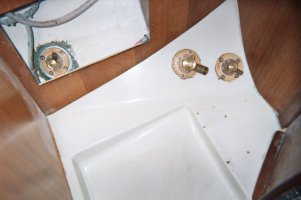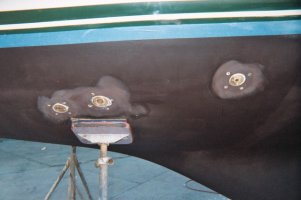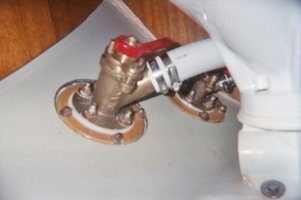Hello Folks,
Jarod here, I will be replacing the thru hulls for the head this wkd along with the gate valve for the discharge and the seized ball valve for the inlet. I have the gate valve/thru hull seized on at the moment and i need to get a few things to get it off. While I am out getting tools I was wondering what type of thru hulls are on the boat assuming they are original .....by this I mean are they flush mount or the standard through hull with the slight bump? Also I was planning on using bronze ball valves as replacements is this ok...I wasnt going to spring for the seacocks just a standard ball valve as this is better than what was in there and i have seen many boats with them.
thanks
Jarod here, I will be replacing the thru hulls for the head this wkd along with the gate valve for the discharge and the seized ball valve for the inlet. I have the gate valve/thru hull seized on at the moment and i need to get a few things to get it off. While I am out getting tools I was wondering what type of thru hulls are on the boat assuming they are original .....by this I mean are they flush mount or the standard through hull with the slight bump? Also I was planning on using bronze ball valves as replacements is this ok...I wasnt going to spring for the seacocks just a standard ball valve as this is better than what was in there and i have seen many boats with them.
thanks


